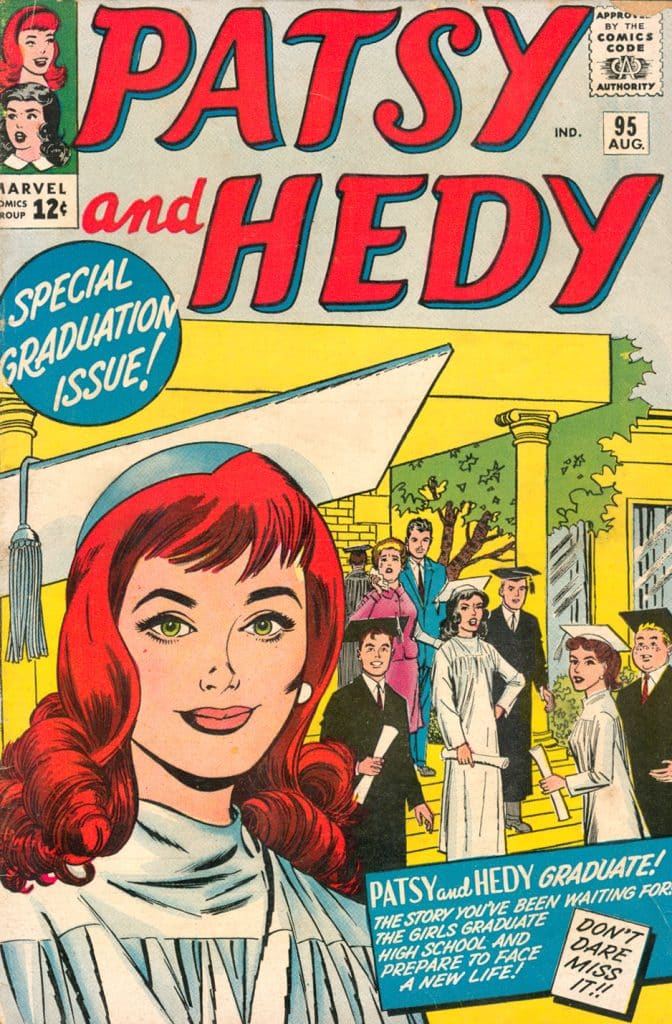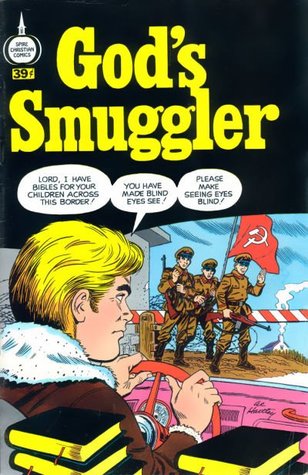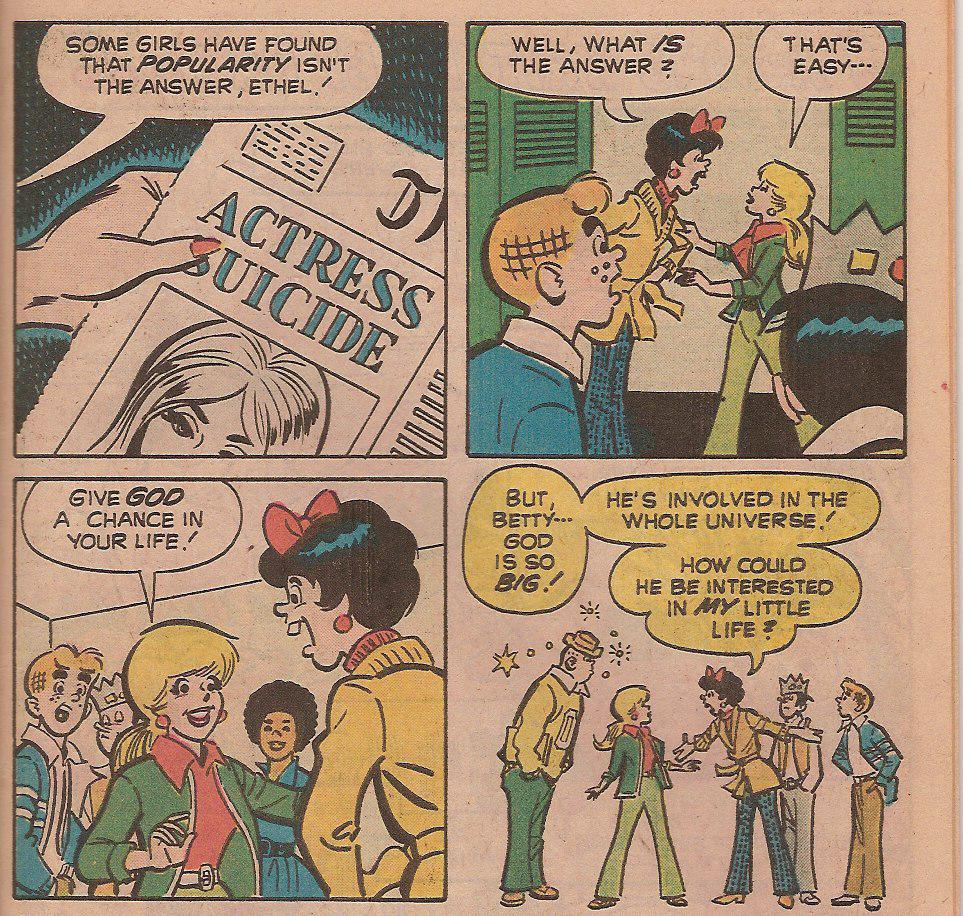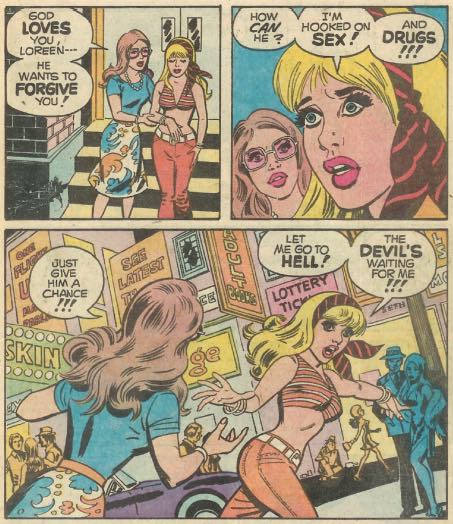Al Hartley was the son of a congressman, a renowned Archie Comics illustrator, and, later, a born-again Christian. Two of those factoids came together to give rise to some of the most culturally interesting comic books of the Bronze Age, but before we discuss that, let’s learn a little more about Inkpot Award winning comic book legend Al Hartley.
Born in New Jersey to Hazel Hartley and Congressman Fred Hartley, Jr., Al said his father encouraged his early interest in art. “He knew I wanted to draw from the time I could hold a crayon… My father wanted me to pursue my own dreams and never attempted to steer me in any other direction.“
So, that’s what he did. In fact, Hartley drew for the local newspaper while he was still in high school and had sold a few illustrations to magazines before the United States joined World War II, after which Mr. Hartley enlisted in the U.S. Army Air Corps and flew 20 missions as a B-17 Flying Fortress bomber pilot in Europe.
Almost immediately after the end of the war, Hartley found work in comics, first with Pines, then with Timely, the company best known as the progenitor of Marvel Comics. Hartley began freelancing for editor Stan Lee, drawing “Patsy Walker.” This would be the beginning of a two decade association with the character and would lead to more and more work for Hartley.
Hartley shortly developed a reputation as a talented and versatile artist, so he’d ultimately go on to contribute to dozens of romance, western, and detective comics by the 1950s. War comics had become very popular by then and Hartley’s work can be found in those as well.
Hartley recalled, “I’d developed enough of a reputation that it wasn’t difficult to get a job at Timely in 1949. Stan Lee knew my work and hired me. When I started working with Stan, he wrote most of my stories, although I later wrote all of my own stories. We did all kinds of genres: war, Westerns, detective, science-fiction — you name it. … We’d take a theme, and I’d illustrate the story. There were no typed scripts, just a very loose plot line. It was my job to draw the story with as much excitement, surprise, and suspense as I could. Then, Stan would write the dialogue [in the manner of what would be called the “Marvel Method“].”
Ironically, superheroes were the one genre that wasn’t quite Hartley’s forte. Hartley drew a single Marvel superhero comic in the 60s – Journey into Mystery #90 – but it was not well-received by Lee, so ending Hartley’s experience with superheroes. But Hartley had continued his work with Patsy Walker until 1967, plus added many more teen-girl titles to his résumé.
It was this work on teen-girl titles that laid the foundation for what Hartley became best known for: Archie Comics. Yet just before his work with Archie and right as his work with Patsy Walker was wrapping up, something significant happened to Hartley.
After two decades of incredible success in comics, Hartley was feeling “sterile, numb, and filled with fear.” His marriage was in trouble, his life seemed out of control, and he prayed for God to “take hold of [his] life.” He and his wife Hermine attended a prayer meeting together where he heard the pastor say, “Some things are impossible to man, but nothing is impossible to God.”
That day Hartley dedicated his life to God, lock, stock, and drawing board. But at time of his conversion in 1967, Hartley was drawing a “cheesecake” comic strip called “Pussycat” for a men’s magazine published by Marvel. When he told publisher Martin Goodman that he could no longer do the strip, and the reasons why he couldn’t, he lost all his other assignments and soon found himself completely out of work for the first time in his career.
But the Lord works in mysterious ways. Just a few days later new client called from “out of the blue” to offer him work. It was the editor of Archie Comics. And it was a perfect fit.
Al’s enthusiasm for Archie Comics showed. Many Archie fans highlight Hartley as the best 70s creative, and one who had a real talent for handling the individual characters’ personalities in skillful and interesting ways.”I just loved my work,” Hartley would say later.
Hartley would, at times, infuse those Archie comics with his Christian beliefs, a practice he was ultimately asked to dial back. A good company man, Hartley respected his publisher’s position and complied. But a seed had already been planted and that idea began to germinate.
First, a call came from publisher Fleming H. Revell asking if Hartley would be interested in doing a comic book version of The Cross and the Switchblade, a film based on the true story of David Wilkerson, a small-town preacher who gets caught in the shadows of a crime-ridden neighborhood in New York City with gang member Nicky Cruz.
That first comic from what would be come be be called Spire Christian Comics was followed by other biographical comics, like the inspirational adaptations of God’s Smuggler by the Brother Andrew, The Hiding Place by Corrie ten Boom, and In His Steps, based upon the 1896 best-selling book by Rev. Charles Sheldon that was based on the narrative sermons he had delivered to the Congregationalist church he pastored in Topeka, Kansas, and where he first first used the phrase “What Would Jesus Do?”
Those comics were reprinted several times, selling millions. Before you know it, Hartley had nearly single-handedly launched Spire Christian Comics, but he had one more idea…
Hartley wanted to expand the Spire Christian Comics line using Archie characters. But permission had to come from John Goldwater, president of Archie comics, who was Jewish. Hartley had already cultivated a relationship with Goldwater, enjoyed several conversations about faith with him, and found Goldwater to be “a man of deep moral and spiritual principles.”
John Goldwater was among those who created the Comics Code Authority in 1954 to help control the way sex and violence were portrayed in comics, so he was certainly sympathetic to the idea of comics being held to a high moral standard. Hartley telephoned Goldwater and “within one minute” Goldwater had given his approval.
Spire went on to release 59 comics – at least 19 of them Archie titles, along with six Bible stories, 12 biography adaptations, 4 other book or movie adaptations, and nine children’s comics. The Archie ones were particularly interesting, given that the culture was already well aware of Archie, Betty, and Veronica.
Archie characters like the brash Reggie were typical used as a story’s antagonist because his already well-established character trait of being egotistical and that could be used as a means to contrast the Christian value of humility, for example. That’s not all. Jughead’s gluttony was scolded. Ethel being lonely and outcast was used to illustrate the Christian virtue of community, acceptance, and love. You get the idea.
From Comics Worth Reading, “Given today’s concern with protecting brands and keeping franchises as widely appealing and non-offensive as possible, it’s really weird to see such well-known characters outright preaching. And yet, what other well-known comic character would you better believe as a witnessing Christian who cares about the people around her than sweet, wholesome, all-American Betty?”
They added, “Regardless of your beliefs, their sincerity and goodwill are heart-warming.”
But it wasn’t always seamless. The world of Archie wasn’t first created to be a Christian world, it was designed as a teenage world. And teenagers are deceitful, sexually driven, foolish, rambunctious, and generally ugly to one another. On one hand, this provided an obvious opportunity for a little “preaching.” On the other, to have teenagers illustrated as pure and wise as they were in Spire Christian Comics can feel very unbelievable, and this is certainly true for a reader today that sadly hasn’t witnessed a virtuous teenager in decades.
Yet, Spire Christian Comics put forth an effort to be genuine about religion and the Christian views illustrated by Al Hartley were pretty straightforward: put your life within the hands of God, following his teachings, and generally be a better human being. The comics meant well, even if they often got preachy and they certain avoided making any major Archie character out to be a fool or to be portrayed ungraciously.
It shouldn’t need to be said, but Hartley’s artwork was fantastic in those books. His background with Stan Lee insured that every panel had an energetic feel. And the stories had a sweetness and wholesomeness to them we just don’t see anymore in comics.
Both the secular and Christian media took a great interest in his work on the Spire Christian Comics titles. Hartley was interviewed by the The New York Times as well as Guideposts magazine. Overall sales of the 59 Spire Christian Comics eventually topped more than 40 million copies.
Al Hartley also inspired many other artists and writers in the field. Archie’s premiere penciller Stan Goldberg considered Hartley to be one of his big artistic influences and called him, “one of the most versatile and talented men to ever work in comics.”
Al Hartley passed away on May 27, 2003, aged 81. Hartley and Hermine, his wife of 61 years, had two children, Fred and Alana. Al’s son Fred became a successful and well-respected pastor, as did Al’s grandson, Fred Hartley IV. So I guess it is safe to say that at least someone saw the light through Hartley’s comics.





